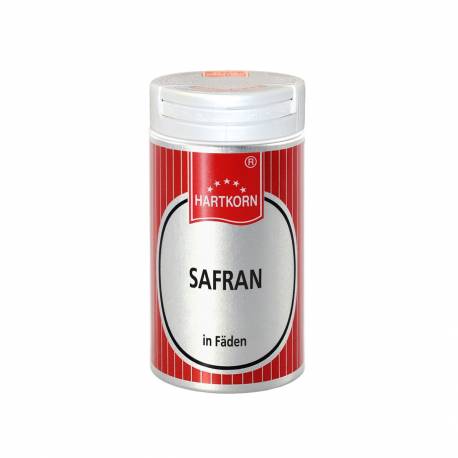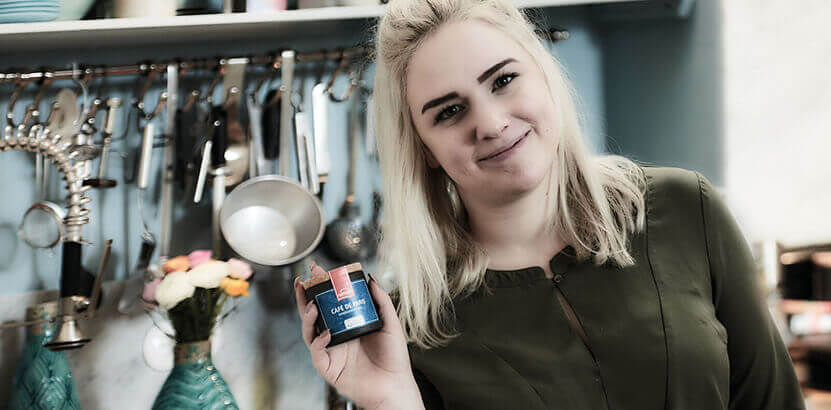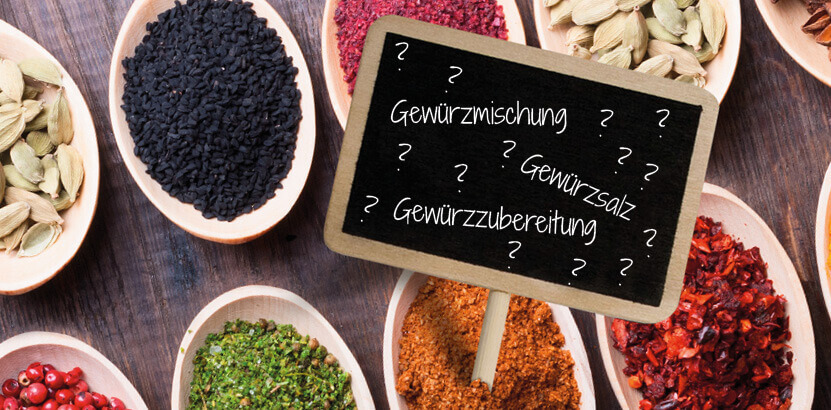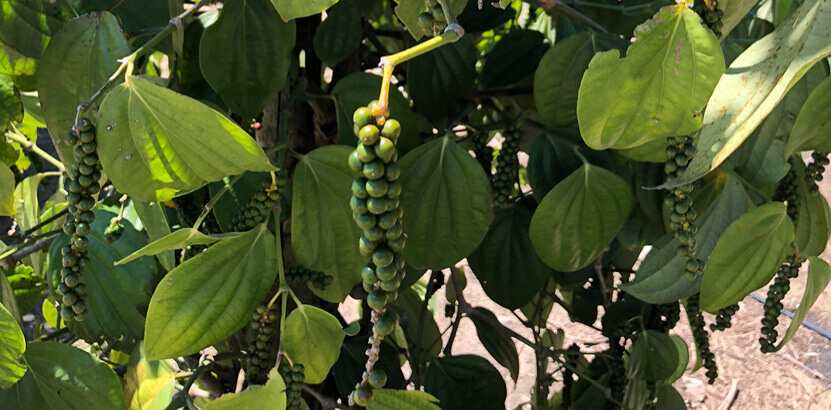Synonyms: botanical family: origin: Classification: spice shape: taste: odour: use: Saffron smells strong, slightly iodoform and tastes aromatically bitter and slightly hot. In Central Europe it does not play a significant role as a spice. In the food industry, too, where it is particularly well known for its colouring properties, it has been replaced by synthetic food colouring or alternative, cheaper natural colouring agents. As a spice it is mainly used in the Mediterranean countries, the Middle East and South East Asia. Its colouring effect is also particularly popular in dishes, such as Spanish paella or the risotto alla Milanese known from Italy. Due to its intense flavour, only a small amount is needed for seasoning. Saffron is also used as a colouring agent in the production of liqueurs, but only rarely. tip: Recipe suggestion: knowledge: botany: Home & Distribution: cultivation & extraction: history: Saffron
General information
Use
Things to know
 Botanical name:
Botanical name:
Crocus sativus L.
soup yellow
sword-lily family
Greece, Iran, India, Spain
Spice
flower scars
spicy, slightly bitter
strange, reminiscent of iodoform
cakes, pastries, rice dishes, lamb, poultry, fish, soups
Put saffron threads in lukewarm water before use and add them at the end of the cooking time.
Risotto: Cut 2 shallots into small cubes and fry in butter. Add 250 g risotto rice and fry until it is glassy. Deglaze with 1/8 l white wine and let it boil down. Add 1/2 tsp saffron and stir in 3/4 l vegetable stock. Let simmer for 15 minutes.
Harvest: The expensive harvest by hand plucking the stigmas of single Crocus flowers is the explanation for the high price (150 000 flowers result in approx. 1kg saffron)
Unmistakable is the perennial saffron, a close relative of the crocus of the lily family. A leaf sheath emerges from a subterranean bulb bulb, from which 8 to 10 thin, long, filamentous leaves and the light purple flower sprout. The typical crocus flower has a bright red triangular scar in the centre.
Greece or Asia Minor is the home of saffron, which is still grown there today. But there are also important crops in Spain, southern France, Italy and Hungary.
During the flowering period, which lasts about 15 days, the red stigmas of the open flowers are harvested daily by hand by pinching them off. They are then dried as quickly as possible in the sun or on sieves over low heat. The elaborate manual work and the low yield (150,000 to 200,000 stigmas make only 1 kg of dried product) make saffron the most expensive spice. Good saffron consists of whole grain threads, which have a strong red-brown appearance and feel somewhat greasy.
Saffron was already cultivated in prehistoric times. In Solomon's time it was already considered a royal spice, of which Homer reports that any price would be paid for saffron. Saffron was also mentioned in the Papyrus Ebers and the Bible. After the fall of the Roman Empire, which with its luxury and extravagance caused the consumption of saffron to skyrocket, the spice almost fell into oblivion. Only the Arabs, from whom the name Za'faran comes, meaning "to be yellow", brought it back to Europe after a long time.
http://de.wikipedia.org/wiki/Safran







